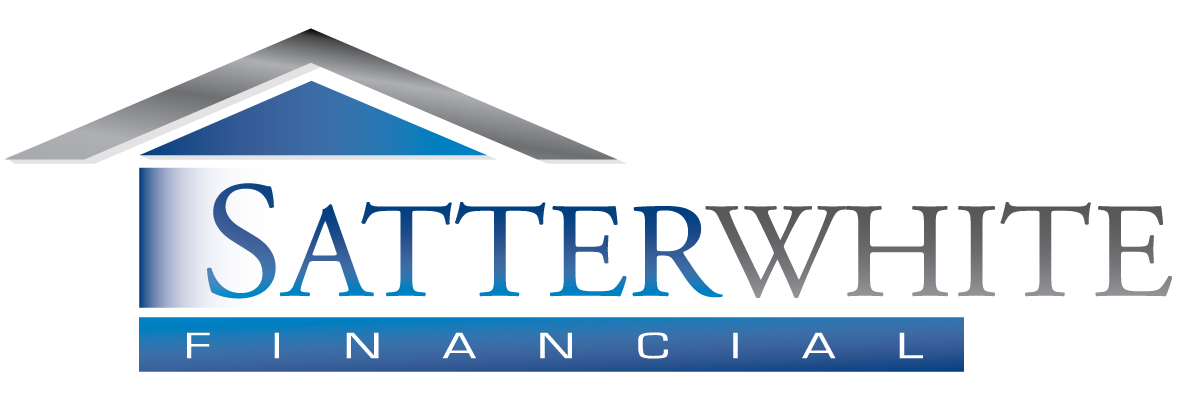Closing
Once the loan is approved, the file is transferred to the closing and funding department. The funding department notifies the broker and closing attorney of the approval and verifies broker and closing fees. The closing attorney then schedules a time for the borrower to sign the loan documentation.
At the closing the borrower should:
- Bring a cashiers check for your down payment and closing costs if required. Personal checks are normally not accepted and if they are they will delay the closing until the check clears your bank.
- Review the final loan documents. Make sure that the interest rate and loan terms are what you agreed upon. Also, verify that the names and address on the loan documents are accurate.
- Sign the loan documents.
- Bring identification and proof of insurance.
- Bring your spouse, even if they are not on the loan.
After the documents are signed, the closing attorney returns the documents to the lender who examines them and, if everything is in order, arranges for the funding of the loan. Once the loan has funded, the closing attorney arranges for the mortgage note and deed of trust to be recorded at the county recorder’s office. Once the mortgage has been recorded, the closing attorney then prints the final settlement costs on the HUD-1 Settlement Form. Final disbursements are then made.
